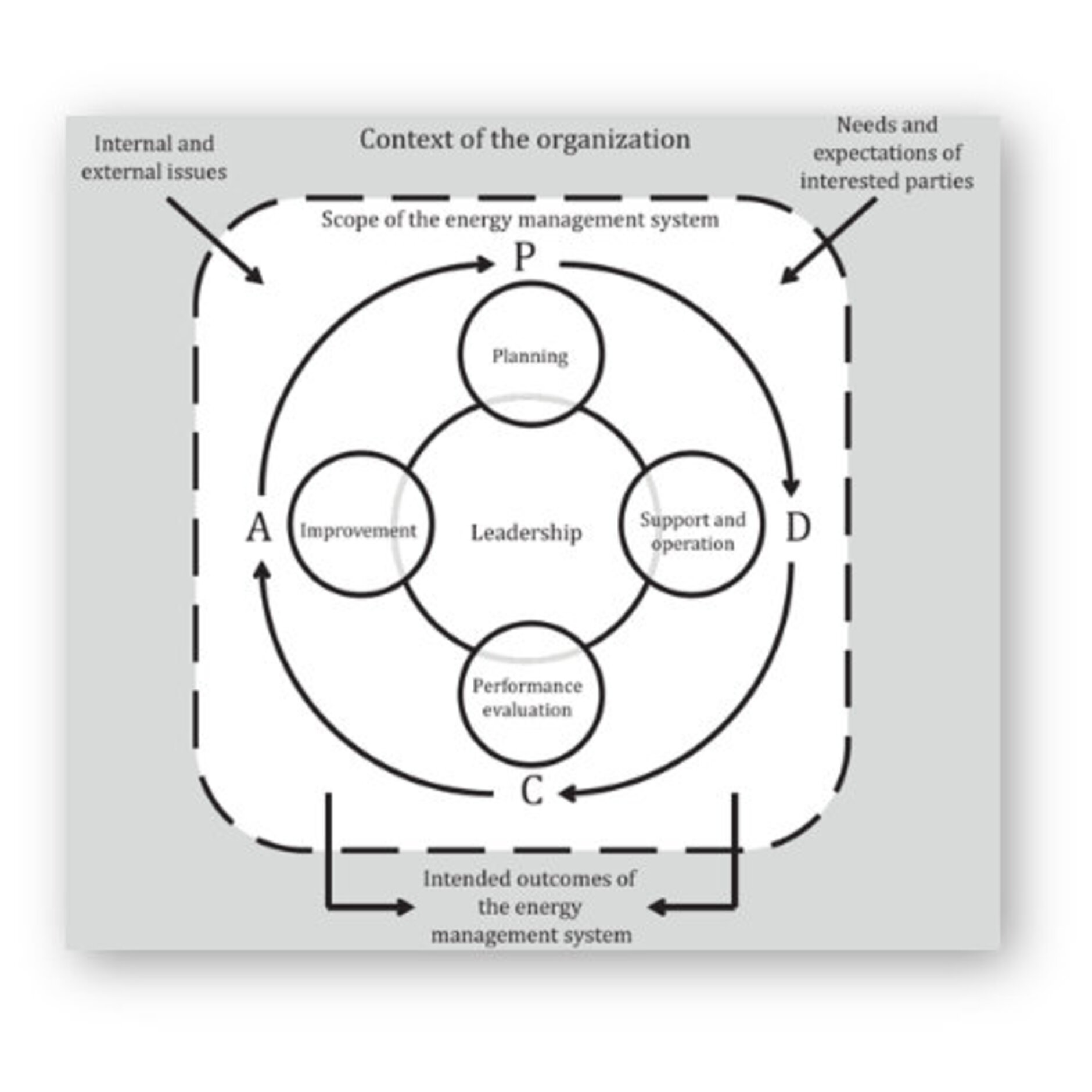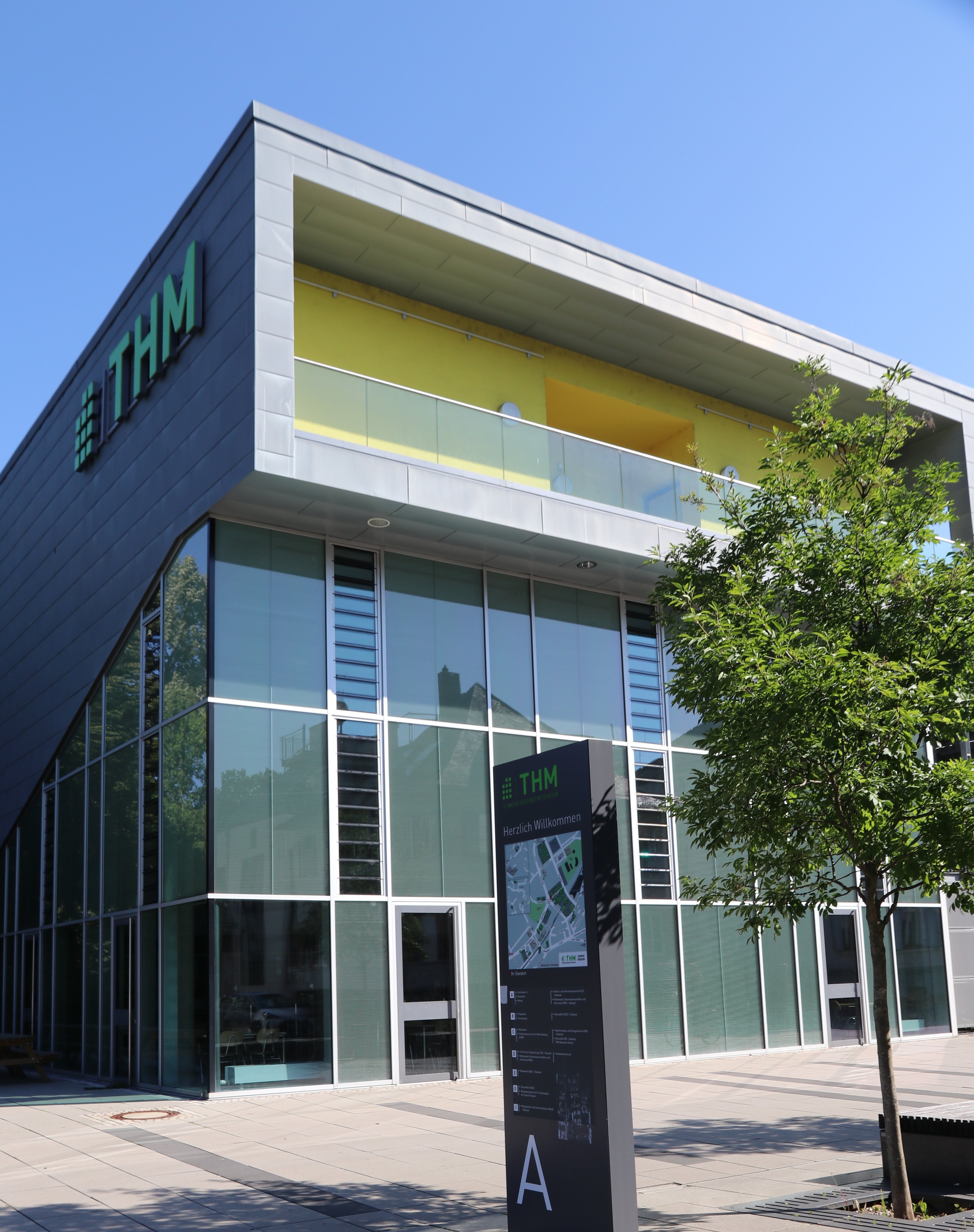The transition period is over
Since August 21, 2021, the certificates according to ISO 50001:2011 have expired. After a 3-year transition period, ISO 50001:2018 applies uniformly. The German version of the standard can be ordered from Beuth Verlag. This has changed with the new edition:
If you open ISO 50001:2018, one change compared to the previous version is apparent at first glance: the basic structure of the standard has been profoundly revised. It has been adapted to the High Level Structure (analogous to other management standards). This ensures a high level of compatibility of the new ISO 50001 with other management system standards and facilitates the operation of integrated management systems.
Corporate management now plays a central role in energy management: Top management bears responsibility for the effectiveness of the energy management system (EnMS) and ensures that energy targets are compatible with the overall strategy. There is no longer an obligation to appoint an energy management officer. An interdisciplinary energy management team is responsible for operational support of the EnMS.

The context of the organisation now plays an important role. Internal and external issues as well as interested parties that influence energy management must be analysed. These can be, for example, energy suppliers, consultants, auditors, landlords or employees. What are the risks and opportunities for energy-related performance? What measures need to be defined?
There are fundamental changes, especially in the energy performance indicators (EnPIs) and the associated energy baselines (EnB). They must now always be normalised. This means that changes in relevant variables and static factors must be included in their calculation to ensure comparability. As a result, requirements and terms from ISO 50015 and ISO 50003, which previously only had to be taken into account in the form of guidelines, are now included in the standard and are therefore binding.
On the basis of the normalised EnPIs and EnB, the continuous improvement of energy-related performance is demonstrated. The requirement for improvement of energy-related performance has thus been directly included in the standard.
Do you still have questions about ISO 50001:2018? Would you like to know how you can implement the requirements of ISO 50001? What are your next steps? Contact us.
Build on IngSoft InterWatt and our performance indicators developed for you. With them, you can automatically evaluate influencing variables for your EnPIs. Use the results to create normalised EnB, which you can then link to your energy targets. In this way, you can prove your improved energy-related performance effectively, in compliance with standards, and with minimal effort.
We also support you in the implementation of ISO 50001:2018.

